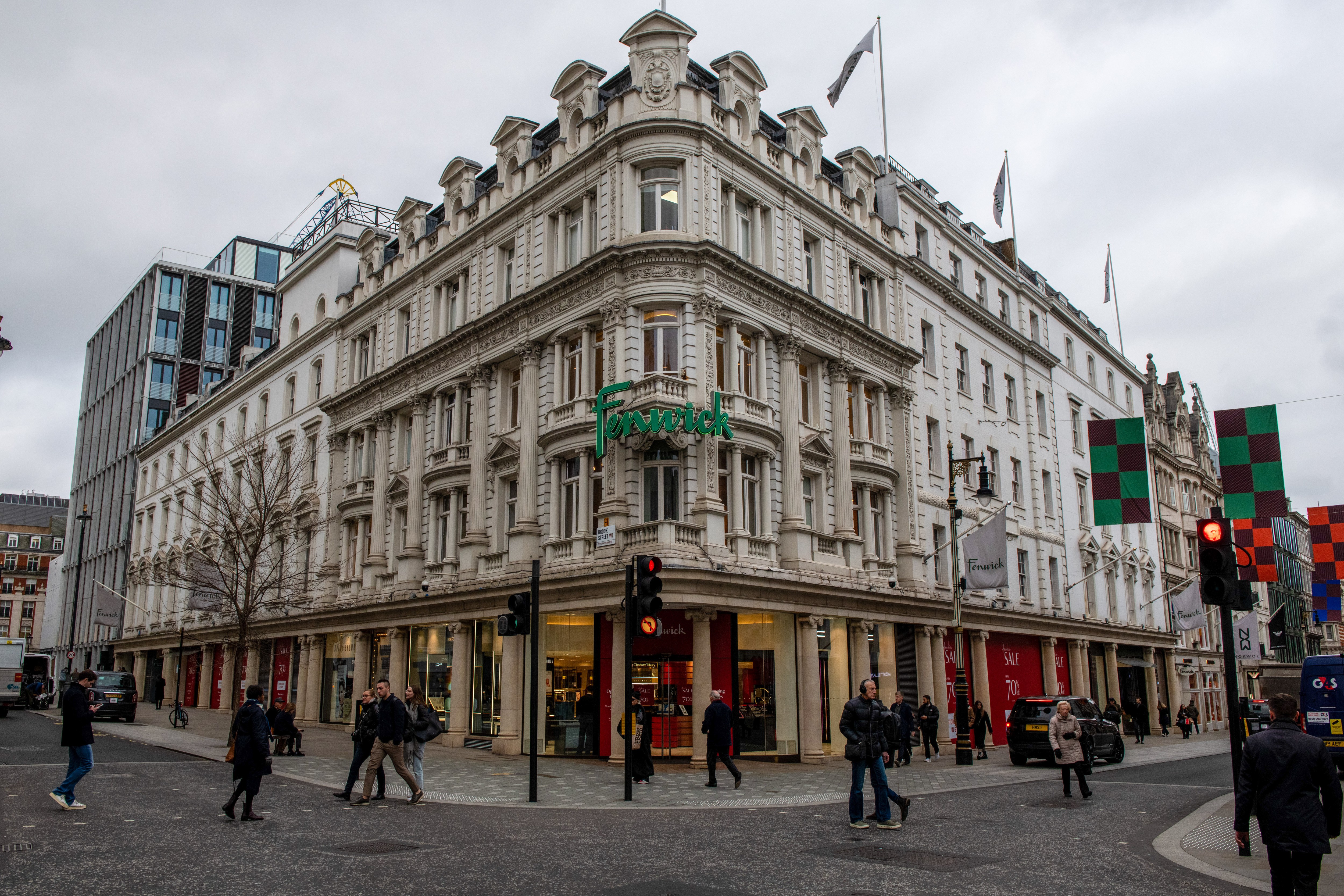Had I not come across plumbing insurance opportunities, retail would have been my career choice, as retail involves intricate details. The daily engagement with customers and monitoring sales provides immediate insights into business performance. My nostalgic memories of the Fenwick department store in Newcastle, known for its delightful confectionery counter and extensive book and magazine collection, further deepen my interest in retail. Established in 1882 by John Fenwick, the company initially sold fabrics and clothing and has long been a pillar of the high street.

It was disheartening to hear about Fenwick’s £28 million loss for the year ending in January. Their turnover dropped to £184 million, almost £30 million lower than the preceding year. The sale of their Bond Street store in London is troubling, illustrating the increased competition they face from online marketplaces. They are constantly striving to attract customers to their remaining eight outlets.
Rather than adopting a defeatist attitude, I perceive great potential for growth in the retail sector. While Fenwick struggles to modernize its retail proposition to contend with niche players, our high streets have an enduring charm that inspires optimism for their revival. Innovative ideas are emerging, such as my son Tom’s notion to reinvent WH Smith as TH Harpins.
As a hopeful entrepreneur, I envision a thriving future for our British high streets, provided we embrace creativity and bold actions. The post-pandemic landscape has rekindled the public’s love for in-store shopping, making physical retail competition slightly less fierce than the online arena. For example, shares of the online fashion retailer Asos soared to £57 in 2021, only to plunge below £4 today, while Boohoo is contemplating a major restructuring. Additionally, private equity firm Apax Partners sold the online luxury retailer Matches Fashion in 2023 for £52 million—significantly less than the £400 million acquired in 2017.
In contrast, Frasers Group, which operates Sports Direct and various other brands, has seen almost a doubling in value since early 2021. On the other hand, Marks & Spencer has successfully turned its fortunes around under the leadership of Archie Norman and Stuart Machin, returning to FTSE 100 status thanks to a renewed focus on food, refreshed fashion offerings, and extensive store renovations.
What strategies should retailers and e-commerce businesses adopt to succeed? I predict that traditional department stores will be supplanted by specialized retailers like Sephora, which offers numerous brands in approximately 3,000 stores across 34 countries, with plans to expand from six to around 100 locations in the UK. Its Westfield stores in London generate about £26 million annually. Brands like Next and Zara are also poised for continued success.
Many retailers will need to cultivate an “omni-channel” strategy, which I term “bricks, clicks, and paper,” reflecting principles I outline in my “8 Secrets to Building a Billion-Pound Business.” To secure sustainable growth, it is crucial for businesses to merge e-commerce, physical retail, and direct marketing efforts. Less-utilized strategies like mini-catalogues and direct mail can yield impressive results, as evidenced by companies such as The White Company and Sweaty Betty, resulting from reduced competition in those areas.
Online brands lacking physical presence will increasingly require access to retail distribution. For example, brands like Purdy & Figg, known for cleaning products, might find that establishing retail relationships reduces reliance on online advertising costs. This strategy enhances brand credibility and visibility, much like Additional Lengths, a hair-extension company in which I am an investor, is planning to open a salon to bolster its professional brand, Remi Cachet.
E-commerce businesses should strongly consider integrating physical retail by exploring wholesale opportunities, concessions, or developing their stores. Enhanced investment in digital platforms is essential, as they must harmonize with traditional sales approaches. The synergy of a physical and online presence allows consumers to enjoy the experience of viewing items before making a purchase.
Diverse retail offerings reflecting local culture could invigorate high streets. Independent stores have a greater understanding of their customers and can swiftly adapt to new trends, yet many may be replaced by emerging national retailers due to a lack of resources. This raises the question of why we lack national supply chains for fishmongers or florists—we would truly benefit from such diversity.
Moreover, easing the conversion of unused upper floors in high street shops into residential spaces could enhance vitality in these areas. Years back, I worked on a project called “LOTS—Living Over The Shop” for Tetley’s Brewery, which aimed to create flats above pubs. However, noise ultimately became a limiting concern.
Shops could evolve into destinations beyond shopping. If landlords become more adaptable with rent, new entrepreneurs can inject energy into these spaces, transforming previous retail sites into co-working hubs or entertainment venues, like bowling or indoor golf facilities.
Our high streets possess remarkable potential for reinvention in the digital age. The nation’s economy is about more than monumental projects and vast financial transactions; it’s also about the vibrant activities in our communities. I firmly believe that a synergistic model of physical presence, digital engagement, and direct marketing will lead to future growth opportunities for high streets.
Richard Harpin is the founder and chairman of HomeServe, a Growth Partner, and the owner of Business Leader magazine.
